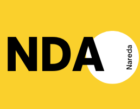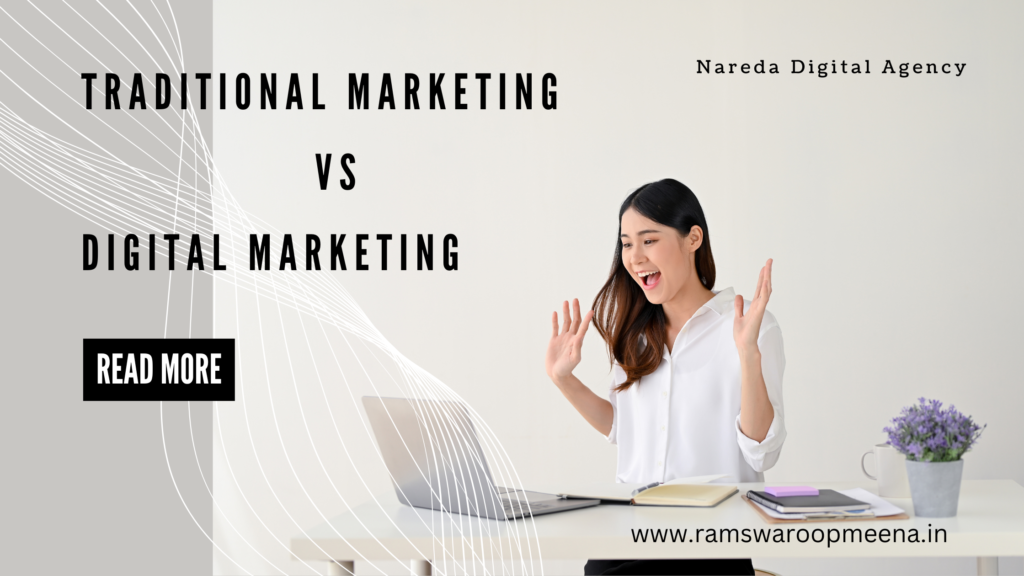Traditional Marketing vs Digital Marketing Which 1 is the Best ?.
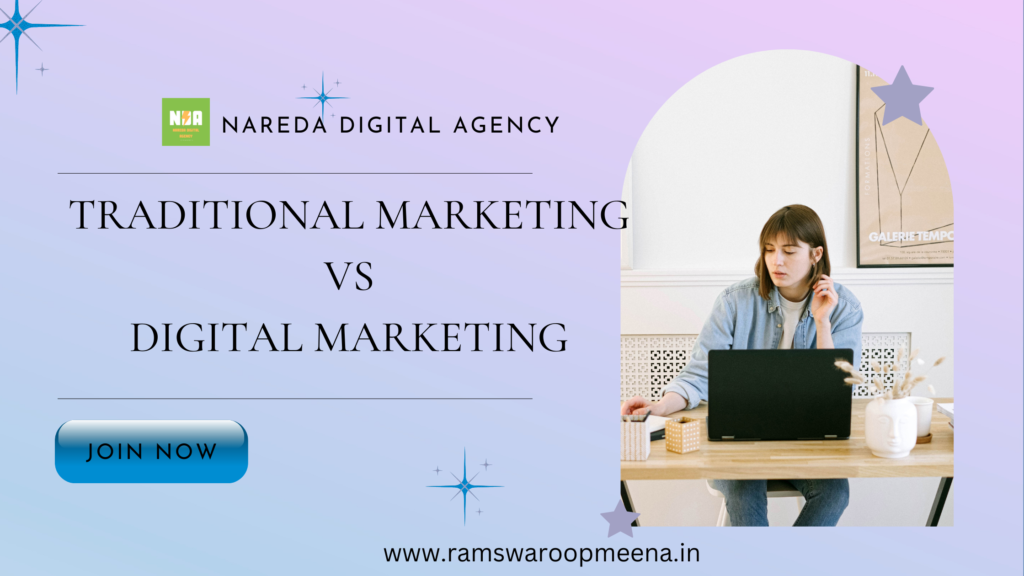
Marketing is an essential aspect of business success, and the ways businesses promote their products or services have evolved over the years. With the rapid advancement of technology, digital marketing has emerged as a dominant force, challenging traditional marketing methods that have been in place for decades. Traditional marketing Vs digital marketing have their merits, and understanding their differences is key to leveraging the right strategies for your business.
In this blog, we will examine the key distinctions traditional marketing Vs digital marketing in 20 points, covering aspects such as reach, cost, engagement, and more. By the end, you will have a better understanding of which form of marketing best suits your business needs.
1.Traditional Marketing Vs Digital Marketing : Definition of Traditional Marketing
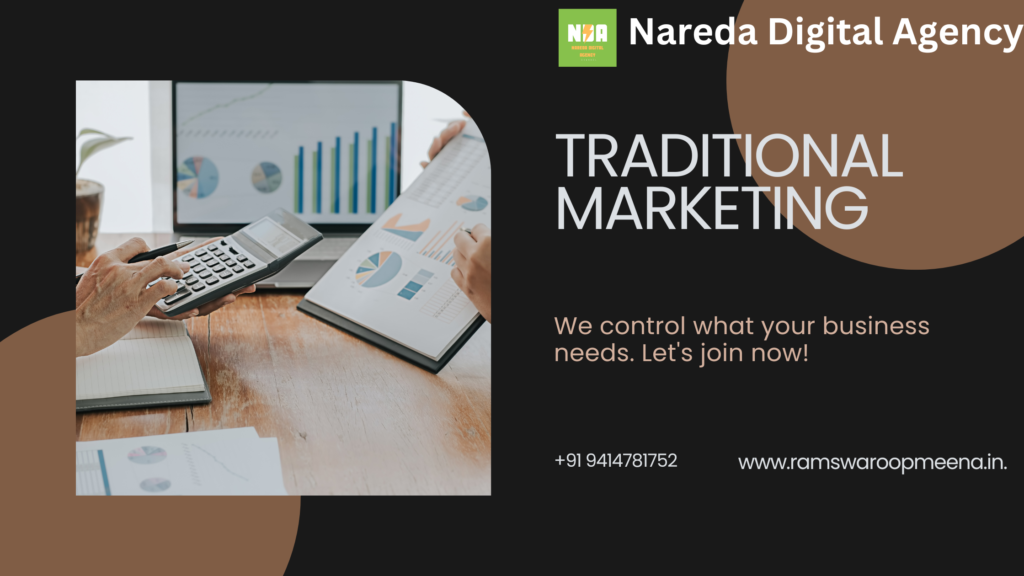
Traditional marketing refers to conventional marketing methods that don’t rely on the internet. This includes channels such as television, radio, print (newspapers, magazines), direct mail, and outdoor advertising like billboards. These methods have been the foundation of marketing for decades and continue to be used widely by businesses.
2.Traditional Marketing Vs Digital Marketing : Definition of Digital Marketing
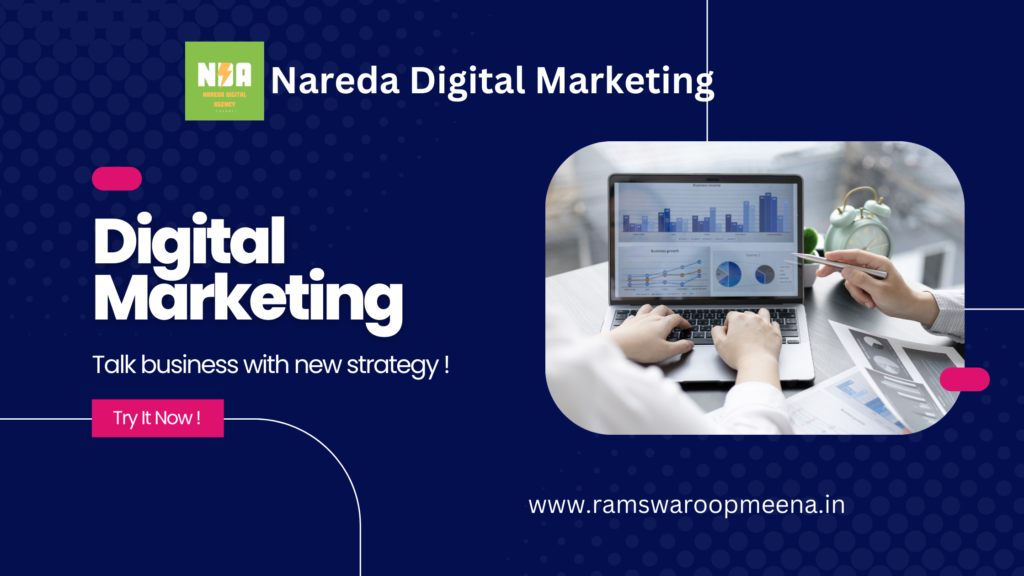
Digital marketing refers to any marketing effort that uses electronic devices or the internet. This includes social media marketing, search engine optimization (SEO), email marketing, content marketing, pay-per-click (PPC) advertising, and online video. It has gained tremendous popularity due to the widespread use of the internet and smartphones.
3. Audience Reach – Traditional Marketing Vs Digital Marketing
Traditional Marketing Vs Digital Marketing : Traditional marketing typically reaches a broad audience through mass media channels such as TV and radio. However, it lacks the precision to target specific demographics. Digital Marketing: Digital marketing allows businesses to target specific audiences based on demographics, behavior, interests, and more. Social media platforms and digital advertising tools enable highly targeted campaigns, ensuring the right message reaches the right people.
4. Cost of Advertising – Traditional Marketing Vs Digital Marketing
Traditional Marketing Vs Digital Marketing :Traditional Marketing: The cost of traditional marketing can be high, especially for small businesses. TV commercials, print ads, and billboards require significant financial investment, making it more challenging for startups or small businesses to compete. Digital Marketing: Digital marketing offers a range of budget options, making it more accessible for businesses of all sizes. Small businesses can run ads with smaller budgets, and even organic digital marketing strategies like SEO and content marketing require minimal investment beyond time.
5. Measurability of Results – Traditional Marketing Vs Digital Marketing

Traditional Marketing Vs Digital Marketing :Traditional Marketing: Measuring the effectiveness of traditional marketing campaigns is difficult. For example, it’s hard to determine how many people actually viewed a billboard or were motivated to buy a product because of a TV commercial. Digital Marketing: One of digital marketing’s biggest advantages is its ability to track and measure results accurately. Tools like Google Analytics, Facebook Insights, and other digital marketing platforms provide real-time data on campaign performance, including clicks, impressions, conversions, and user engagement.
6. Targeting and Personalization – Traditional Marketing Vs Digital Marketing
Traditional Marketing Vs Digital Marketing :Traditional Marketing: Traditional marketing typically casts a wide net. Messages are not personalized and are aimed at a broad audience, which can lead to wasted ad spend when trying to reach niche markets. Digital Marketing: Digital marketing allows for a high level of personalization. Marketers can tailor messages to individual users based on their online behavior, interests, and preferences, ensuring a more relevant and effective approach.
7. Interactivity and Engagement – Traditional Marketing Vs Digital Marketing
Traditional Marketing Vs Digital Marketing :Traditional Marketing: Traditional marketing is generally a one-way communication channel, meaning businesses communicate their message to the audience without expecting immediate feedback or interaction. Digital Marketing: Digital marketing encourages two-way communication, allowing businesses to interact with their audience in real-time. Social media, email, and live chat support enable brands to respond to customer inquiries, resolve issues, and build relationships with their audience.
8. Campaign Speed and Flexibility – Traditional Marketing Vs Digital Marketing
Traditional Marketing Vs Digital Marketing :Traditional Marketing: Traditional marketing campaigns often require lengthy planning and execution periods. Once a print ad, TV commercial, or billboard is created, it’s difficult to make changes without incurring additional costs. Digital Marketing: Digital marketing campaigns can be launched quickly and are highly flexible. Marketers can make adjustments to ads, targeting, and budgets in real-time, ensuring optimal performance. This agility makes digital marketing ideal for time-sensitive promotions.
9. Local vs. Global Reach – Traditional Marketing Vs Digital Marketing
Traditional Marketing Vs Digital Marketing :Traditional Marketing: Traditional marketing is more effective for local or regional campaigns, especially through local newspapers, radio stations, or billboards. However, it’s less suited for businesses looking to expand their reach globally. Digital Marketing: Digital marketing transcends geographical boundaries, allowing businesses to reach a global audience. Online platforms enable businesses to target audiences across different countries, making it ideal for brands with international aspirations.
10. Ad Clutter and Competition – Traditional Marketing Vs Digital Marketing
Traditional Marketing Vs Digital Marketing :Traditional Marketing: Traditional marketing channels like TV and print are often crowded with ads. Audiences can easily become overwhelmed, leading to ad fatigue, where viewers or readers begin to tune out advertisements altogether. Digital Marketing: Digital marketing faces similar challenges, with many consumers using ad blockers to avoid intrusive ads. However, formats like content marketing and native advertising can seamlessly integrate promotional material into engaging content, minimizing ad fatigue.
11. Brand Trust and Credibility – Traditional Marketing Vs Digital Marketing

Traditional Marketing Vs Digital Marketing :Traditional Marketing: Traditional marketing methods, especially TV and print ads, are often seen as more credible because they are associated with established media outlets. Consumers may trust these ads more because they come from reputable sources. Digital Marketing: Digital marketing has made strides in building trust through reviews, influencer partnerships, and user-generated content. However, the presence of scams and misinformation online can sometimes reduce consumer trust in digital ads.
12. Ad Campaign Longevity – Traditional Marketing Vs Digital Marketing
Traditional Marketing Vs Digital Marketing :Traditional Marketing: Traditional marketing campaigns, such as billboards, can have a long shelf life. A billboard or magazine ad can remain visible for weeks or even months, continuously reinforcing the brand message. Digital Marketing: Digital marketing campaigns are more transient. A social media post or online ad has a shorter lifespan but can be reused or repurposed across platforms to extend its reach.
13. Environmental Impact – Traditional Marketing Vs Digital Marketing
Traditional Marketing Vs Digital Marketing :Traditional Marketing: Traditional marketing methods, such as printing flyers, brochures, and billboards, require significant paper, ink, and other resources, contributing to environmental waste. Digital Marketing: Digital marketing is more environmentally friendly as it doesn’t rely on physical materials. Although there is still some environmental impact from data centers and energy consumption, digital campaigns generally have a smaller footprint.
14. Scalability – Traditional Marketing Vs Digital Marketing
Traditional Marketing Vs Digital Marketing :Traditional Marketing: Scaling traditional marketing campaigns can be difficult and costly. A business may need to invest in more TV spots, print ads, or larger billboards to reach a wider audience, which may not always be financially viable. Digital Marketing: Digital marketing is easily scalable. Businesses can start small, then increase their budget as they see results. Scaling can be as simple as adjusting bids on a PPC campaign or increasing the frequency of social media ads.
15. Audience Engagement and Feedback – Traditional Marketing Vs Digital Marketing
Traditional Marketing Vs Digital Marketing :Traditional Marketing: Traditional marketing does not offer immediate engagement or feedback from the audience. Businesses must wait to see if sales increase or if customer inquiries come in after an ad runs. Digital Marketing: Digital marketing enables real-time engagement with the audience. Customers can comment on social media posts, send messages, or participate in online surveys, giving businesses instant feedback and insights.
16. Content Creation Flexibility – Traditional Marketing Vs Digital Marketing

Traditional Marketing Vs Digital Marketing :Traditional Marketing: Creating content for traditional marketing, such as TV commercials or print ads, requires significant time and resources. Once created, these materials are fixed and difficult to modify. Digital Marketing: Content creation in digital marketing is much more flexible. Marketers can create blogs, social media posts, videos, and infographics quickly, and they can easily edit or update content as needed to stay relevant.
17. Lead Generation – Traditional Marketing Vs Digital Marketing
Traditional Marketing Vs Digital Marketing :Traditional Marketing: Traditional marketing can generate leads, but the process is less direct. Consumers may see a billboard or hear a radio ad and then need to take action, such as calling a phone number or visiting a store. Digital Marketing: Digital marketing excels at lead generation, often offering a seamless experience where consumers can click on an ad and be directed to a landing page or website. With tools like lead capture forms and email automation, digital marketing makes the lead conversion process faster and more efficient.
18. Consumer Behavior Tracking – Traditional Marketing Vs Digital Marketing
Traditional Marketing Vs Digital Marketing :Traditional Marketing: Tracking consumer behavior in traditional marketing is limited. For example, it’s hard to know exactly how many people interacted with a magazine ad or responded to a radio spot without relying on broad assumptions. Digital Marketing: Digital marketing provides detailed insights into consumer behavior. With tools like Google Analytics and tracking pixels, marketers can see how users interact with ads, track their online journey, and make data-driven decisions to improve campaign performance.
19. Adaptability to Market Changes– Traditional Marketing Vs Digital Marketing
Traditional Marketing Vs Digital Marketing :Traditional Marketing: Traditional marketing campaigns are slower to adapt to sudden market changes. If a competitor launches a new product or there’s a shift in consumer preferences, it’s difficult to change a billboard or TV commercial quickly. Digital Marketing: Digital marketing is highly adaptable. Campaigns can be adjusted or paused based on market trends, consumer feedback, or changes in a business’s strategy, allowing for quick pivots in response to evolving market conditions.
20. Long-Term Benefits -Traditional Marketing Vs Digital Marketing
Traditional Marketing Vs Digital Marketing :Traditional Marketing: Traditional marketing offers long-term benefits through brand awareness. A strong TV or print ad campaign can leave a lasting impression on consumers, solidifying brand recognition over time. Digital Marketing: Digital marketing also offers long-term benefits, especially through content marketing and SEO. By consistently creating valuable content and optimizing for search engines, businesses can generate organic traffic and leads for years to come.
Conclusion
When it comes to traditional marketing vs digital marketing, both approaches offer unique advantages and challenges. Traditional marketing excels in reaching a broad audience and building long-term brand credibility, especially with older generations who still rely on traditional media. However, it is costly and lacks the precision targeting that modern businesses often require. Traditional marketing methods that have been in place for decades. Both traditional marketing and digital marketing have their merits, and understanding their differences is key to leveraging the right strategies for choosing traditional marketing or digital marketing.
Digital marketing, on the other hand, offers unparalleled targeting, real-time engagement, and measurability, making it ideal for businesses looking to optimize their advertising budget and achieve fast, data-driven results. With the rise of digital platforms, many businesses now combine both strategies to maximize reach and effectiveness. Ultimately, the choice between traditional and digital marketing depends on your business goals, target audience, and budget. A hybrid approach that leverages the strengths of both may be the most effective way to achieve success in today’s diverse marketing landscape
